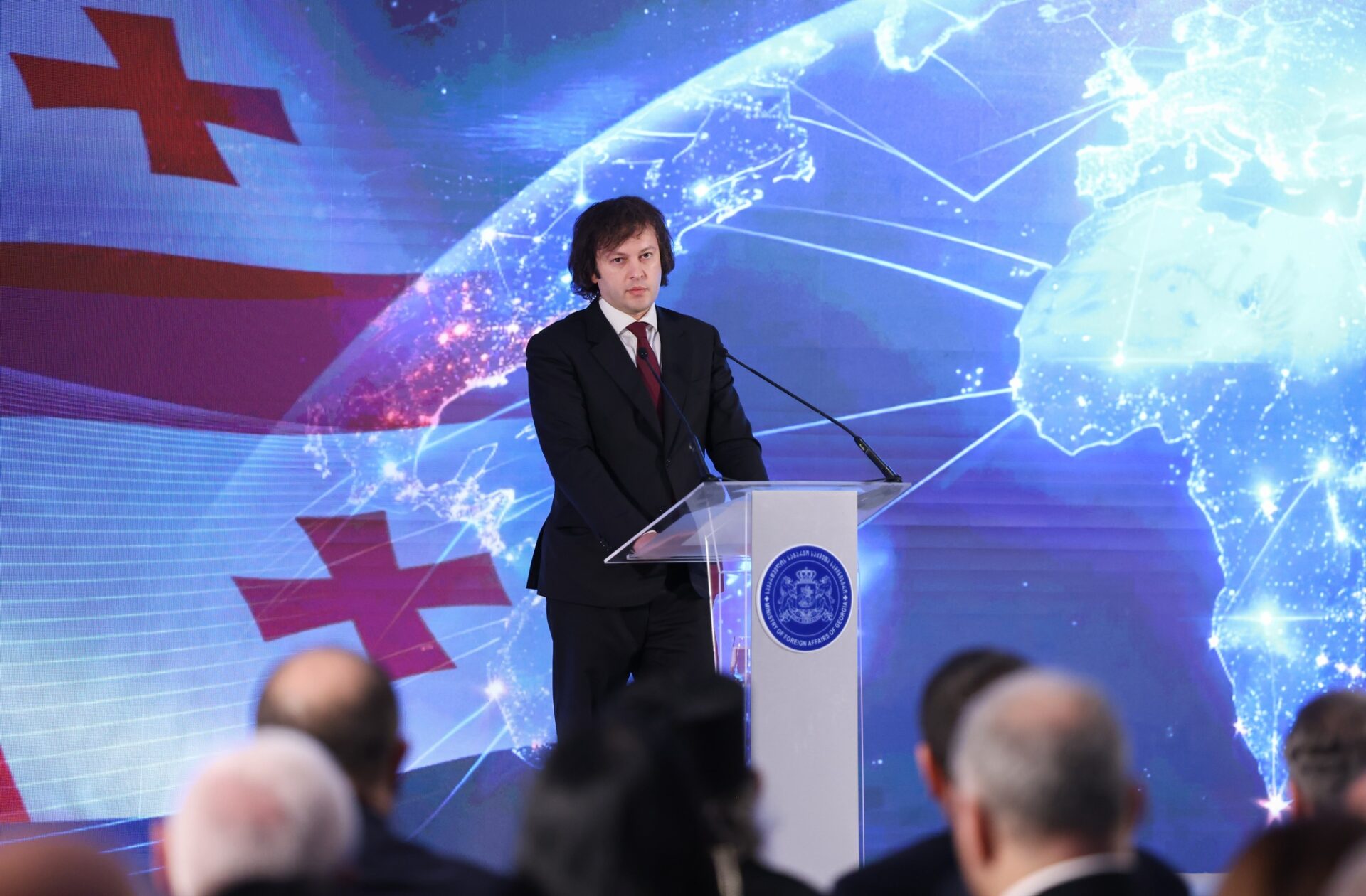HIGH-RANKING KYRGYZ OFFICIAL PROPOSES NEW NATIONAL IDEOLOGY
HIGH-RANKING KYRGYZ OFFICIAL PROPOSES NEW NATIONAL IDEOLOGY
Following the removal of Kyrgyzstan’s long-time President Askar Akayev on March 24, 2005, the new government led by Kurmanbek Bakiyev terminated some of Akayev’s efforts to build an official state ideology. But aside from anti-corruption slogans aimed at remnants of Akayev’s regime, the Bakiyev government has not generated any new political concepts. A number of Kyrgyz politicians are actively pushing Tengrism, an ancient Turkic religion dating to the fourth century BC, to fill the ideological void. Dastan Sarygulov, currently secretary of state and formerly chair of the Kyrgyz state gold mining company, has established “Tengir Ordo,” a civic group that seeks to promote the values and traditions of the Tengrian period in modern Kyrgyzstan.
Independent Kyrgyzstan has not been able to promulgate a state ideology, although the Akayev regime made many failed attempts. Beginning in 1991 Akayev had to confront the twin pressures of growing Kyrgyz nationalism and increasing nervousness among the ethnic Russian population about their status in post-Soviet Kyrgyzstan. The former president tried a variety of national projects ranging from the ethnic-centered “Manas-1000” in the mid-1990s, to more civic-based ideas such as “Kyrgyzstan is Our Home” in the late 1990s. In 2002 Akayev’s government celebrated the 2,200-year history of the Kyrgyz nation.
In the mid-1990s the Manas ideology, based on the world’s longest epic narrative, was placed at the center of efforts to advance a national consciousness. Seven maxims mentioned in the epic and modified by a government committee on cultural and educational affairs were included into the official state ideology. A competing ideology, the civic-oriented “Kyrgyzstan is Our Home” campaign, was primarily directed at the Russian-speaking and ethnic Uzbek minorities. While the civic formula gained popularity, attempts to incorporate all ethnic groups into a common idea about the Kyrgyz state inevitably exacerbated neo-nationalist political movements in the country.
Given his high position in the government, and his credentials as a member of the economic elite in Kyrgyzstan, Sarygulov potentially has sufficient resources to propagate his views. Tengrism, according to Sarygulov, is the genuine religion of the Kyrgyz and helped the people to survive throughout the centuries. In his interpretation, Tengrism promotes an anti-capitalist lifestyle and is a natural response to the problems caused by globalization: “The time has come to get rid of external influences – to lift barriers, the inferiority complex, and centuries of humiliation” (Slovo Kyrgyzstana, July 22).
Kyrgyzstan’s communists have embraced Sarygulov’s ideas. Anarbek Usupbayev, secretary of the Kyrgyz Communist Party, sees resilient similarities between values of Tengrism and communism, such as social justice and equality (Bely parohod, May 31; Moya stolitsa novosti, November 9). Usupbayev also tried to draw parallels between Tengrism and the Manas epic, which he referrers to as the “Kyrgyz Bible.” Supporters of Tengrism do not deny that as a national doctrine, it will represent mainly pan-Turkic and even pan-Kyrgyz views.
Some Kyrgyz experts see Tengrism as an idea developed to resist Islamic feelings among the Kyrgyz public (Obshchestvenny reiting, November 24). Anara Abdynasyrova, a philosophy scholar, argues that Tengrism is unable to coexist peacefully with Islam, the dominant religion in Kyrgyzstan. Other scholars warn that a clash between Sarygulov’s doctrine and Islamic clergy in Kyrgyzstan is inevitable if Tengrism is further popularized. Kyrgyz Prime Minister Felix Kulov commented, “Today there are many different ‘prophets’ who invent new religions. For instance, Tengrism. Yes, it is interesting, but this is history and has nothing in common with modern life” (Megapolis.kg, December 5).
According to some observers, since Islam in Kyrgyzstan is generally moderate and the percentage of Muslims is low compared with neighboring Central Asian states, the principles of Tengrism might gain some popularity. In the recent years the term has gradually entered everyday use: it is discussed in the mass media and Internet forums. However, given the number of failed attempts at formulating a state ideology, the Kyrgyz public tends to be skeptical of any new ideology project.
Similar efforts to revive Tengrism ideals are evident in Kazakhstan and some parts of Russia. In February 2005 the French Institute for Central Asian Studies sponsored a regional colloquium in Almaty on the topic, “Tengrism as a New Factor in the Construction of Identity” (Centrasia.ru, February 26).
Although Sarygulov has few supporters of his national doctrine proposal, today he is the only self-declared ideologist in Kyrgyzstan. Akayev tended to maneuver between various projects on Kyrgyz state ideology, but most of his initiatives were short-lived. The lessons learned from Akayev’s search for a unifying state ideology demonstrate that with large Russian and Uzbek minorities living on the territory of Kyrgyzstan and hundreds of thousands of Kyrgyz labor migrants residing in Russia and Kazakhstan, pursuing any policy that discriminates against ethnic minorities is risky for the Kyrgyz government.


